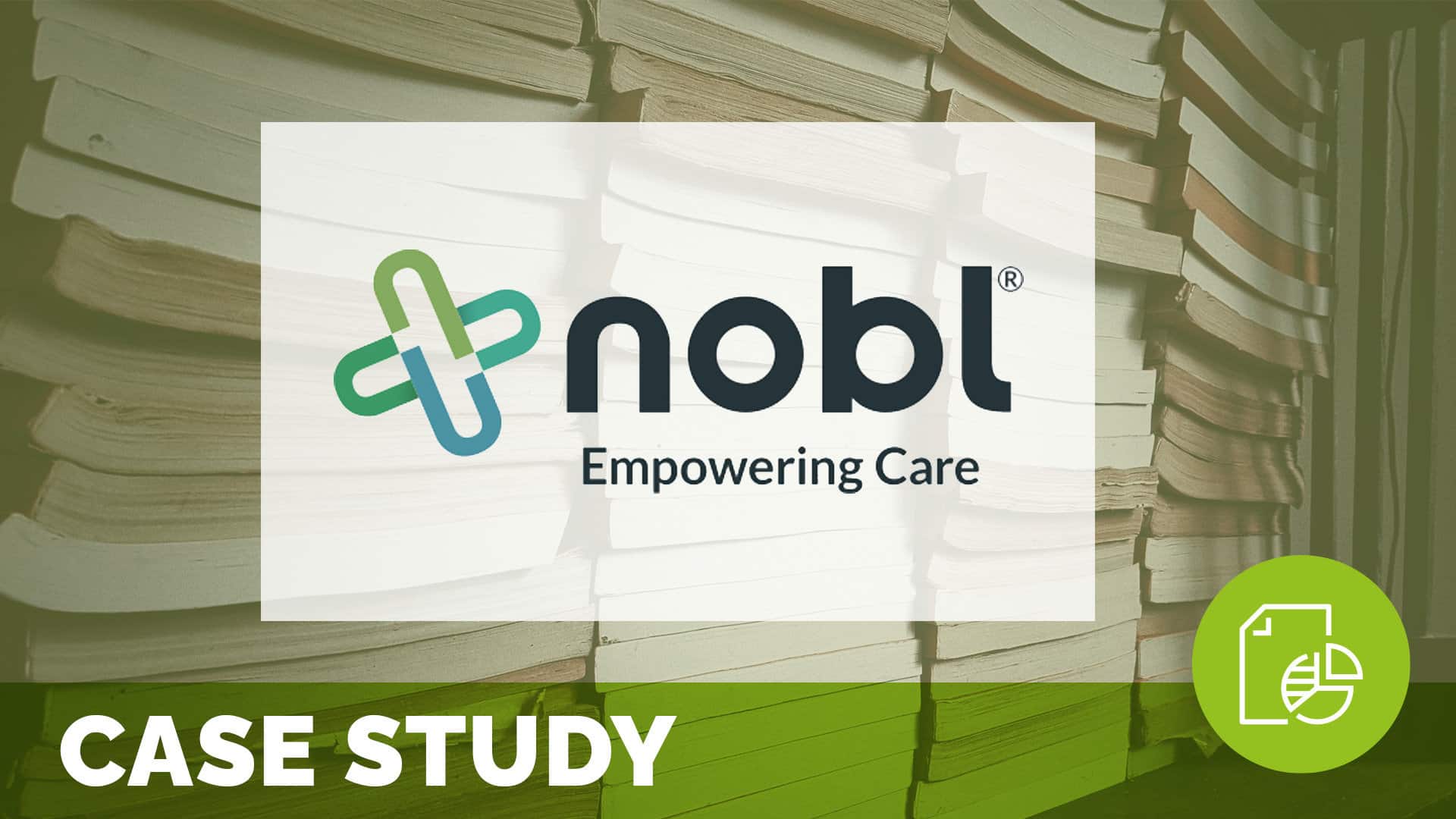Patients’ and family caregivers’ experiences with a newly implemented hospital at home program in British Columbia, Canada: Preliminary results

The Hospital at Home (HaH) model of care, which enables the provision of acute-level care in the patient’s own home as an alternative to brick and mortar hospital admission, was introduced in British Columbia, Canada in November 2020, starting with 9 inpatient “beds” in the community. The AT-HOME research group applied a patient-oriented approach to evaluate the patients’ and family caregivers’ (FCGs) experiences with the program as it was implemented and expanded throughout Victoria, BC. In this paper, we discuss the development of the survey instruments, including process and timelines (three phases); and present preliminary findings of the observational research study (six months of patient and FCG feedback data). The preliminary results show that 100% of patients (n=75) and 95% of FCGs (n=57) had an overall positive experience with the program (rated 6-10 on a 10-point scale where 0 meant ‘very poor’ and 10 ‘very good’). 100% of these patients and 96% of these FCGs would recommend the program to their friends and family and 97% of these patients and 96% of these FCGs would choose the program again if faced with the same situation. The preliminary results on metrics pertaining to care quality; information sharing and experiences with the admission and discharge processes; FCG’s roles, medication management, and more are discussed here. The final results of the patient and FCG experiences will be reported at the end of the data collection period. We can conclude that this new HaH program has been positively received by patients and FCGs thus far and they support program expansion.
Related content
-
 Innovation & Technology
Innovation & TechnologyCapturing Real-Time Feedback through Patient Text Messaging
Real-time feedback using digital technology allows an opportunity to improve the care experience of patients while they are still in your care and before they receive any surveys about their hospital stay. Learn how patient texting at Houston Methodist led to greater connections with patients and families, built trust and loyalty and improved HCAHPS scores
Learn more -
 Innovation & Technology
Innovation & TechnologyIncreasing Patient Safety with a Digital Hourly Rounding Solution
In this case study, read about how Bryan Medical Center moved from an outdated paper-based hourly rounding process to an innovative digital solution.
Learn more -
 Culture & Leadership | Innovation & Technology
Culture & Leadership | Innovation & TechnologyVirtual Care: How to Turn a Short-term Fix into a Long-term Strategy
A team that took on virtual care as crisis management in 2020 has evolved it into a long-term strategy for better clinical workflows, patient experiences, and operational benchmarks. Join team members of the virtual care initiative from Lehigh Valley Health Network to hear their journey with virtual care, including what technologies and use cases they’ve
Learn more
